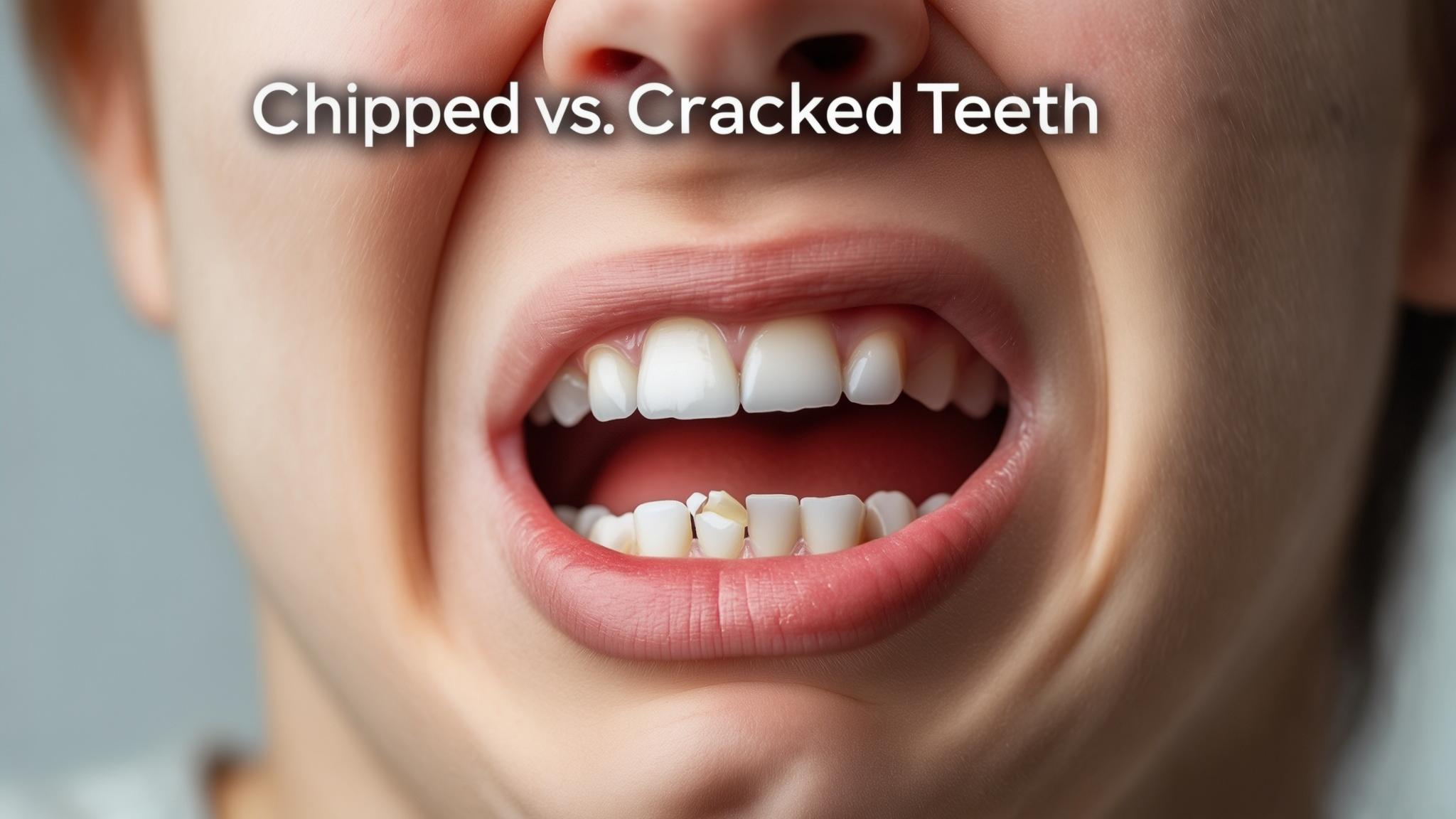Understanding Dental Emergencies
Dental emergencies can happen at any time, often catching us off guard. These emergencies require prompt attention to prevent further damage and alleviate pain. Understanding the nature of a dental emergency is crucial, as some situations demand immediate care while others can wait for a scheduled appointment.
Definition of Dental Emergencies
A dental emergency is any oral health issue that requires immediate attention to save a tooth, stop ongoing tissue bleeding, or alleviate severe pain. Common emergencies include severe toothaches, knocked-out teeth, and injuries to the mouth or jaw.
Common Types of Dental Emergencies
Some of the most frequent dental emergencies include abscesses, lost fillings or crowns, and, notably, chipped or cracked teeth. Each scenario presents unique challenges and requires specific responses to ensure optimal outcomes.
Importance of Timely Intervention
Acting quickly during a dental emergency can mean the difference between saving and losing a tooth. Timely intervention helps manage pain, prevent infection, and maintain your oral health.
Chipped Tooth
A chipped tooth occurs when a small piece of the tooth enamel breaks off. This is one of the more common dental injuries and can often be treated easily if addressed promptly.
Common Causes
- Accidents or Falls: Unexpected impacts can cause teeth to chip, especially if the mouth is open during the fall.
- Biting Hard Objects: Chewing on ice, hard candy, or even popcorn kernels can lead to chips.
- Teeth Grinding (Bruxism): Chronic grinding can weaken teeth over time, making them more susceptible to chipping.
Symptoms and Signs
- Visible Chip: A noticeable piece missing from the tooth.
- Sensitivity: Increased sensitivity to hot, cold, or pressure.
- Minor Pain: Some discomfort may be felt, especially when chewing.
Severity Assessment
- Minor vs. Major Chips: A minor chip might only affect the enamel, while a major chip could expose the dentin or pulp, requiring more extensive treatment.
- Potential for Further Damage: Even small chips can lead to bigger problems if not treated, as they can weaken the tooth structure.
Cracked Tooth
A cracked tooth involves a split or crack that extends deeper into the tooth structure, potentially reaching the nerve.
Common Causes
- Excessive Biting Force: Chewing hard foods or clenching can lead to cracks.
- Trauma or Injury: Direct blows to the face can cause teeth to crack.
- Age-Related Wear and Tear: Over time, natural wear can make teeth more prone to cracking.
Symptoms and Signs
- Visible Cracks: Lines or cracks visible on the tooth surface.
- Pain When Chewing: Pain or discomfort when biting down.
- Sensitivity: Heightened sensitivity to temperature changes.
- Swelling: Possible swelling in the gums around the affected tooth.
Severity Assessment
-
Types of Cracks:
- Craze Lines: Superficial cracks in the enamel.
- Fractured Cusp: A piece of the tooth’s chewing surface breaks off.
- Split Tooth: A crack with distinct segments that can affect the tooth's integrity.
- Vertical Root Fracture: A crack that begins at the root and moves upward.
- Implications for Treatment: The type and extent of the crack determine the treatment plan, which may range from bonding to extraction.
Key Differences Between Chipped and Cracked Teeth
Visual Differences
Chipped teeth often present as missing pieces, while cracked teeth show lines or splits.
Pain and Sensitivity Levels
Cracked teeth usually cause more significant pain and sensitivity than chipped teeth, especially during chewing.
Long-Term Implications
Cracked teeth can lead to more severe complications, such as infections, if not treated promptly.
Treatment Approaches
Chipped teeth may be repaired with bonding or veneers, whereas cracked teeth might require more extensive procedures like root canals.
Next Steps for Each Condition
Immediate Actions to Take
- Seek Emergency Dental Care: If severe pain or large pieces are involved, see a dentist immediately.
- At-Home Care Tips: Rinse your mouth with warm water, apply a cold compress to reduce swelling, and avoid hard foods.
Professional Treatment Options
- Chipped Tooth Treatments: Bonding, veneers, or crowns can restore the tooth’s appearance and function.
- Cracked Tooth Treatments: Depending on severity, treatments may include root canals or crowns, or in severe cases, extraction.
Importance of Follow-Up Care
Regular follow-up visits ensure the tooth and surrounding areas heal properly and prevent future issues.
Prevention Tips
Good Oral Hygiene Practices
Brushing twice daily and flossing help maintain strong, healthy teeth.
Protective Measures
Wearing mouthguards during sports and avoiding hard foods can prevent chips and cracks.
Regular Dental Check-Ups
Routine visits to your dentist help catch potential problems early and keep your teeth in top condition.
Conclusion
Understanding the differences between chipped and cracked teeth is vital for effective treatment and recovery. Prompt professional help can save your teeth and prevent further complications. Maintaining good oral health practices and being mindful of potential hazards can help you avoid these common dental emergencies.

